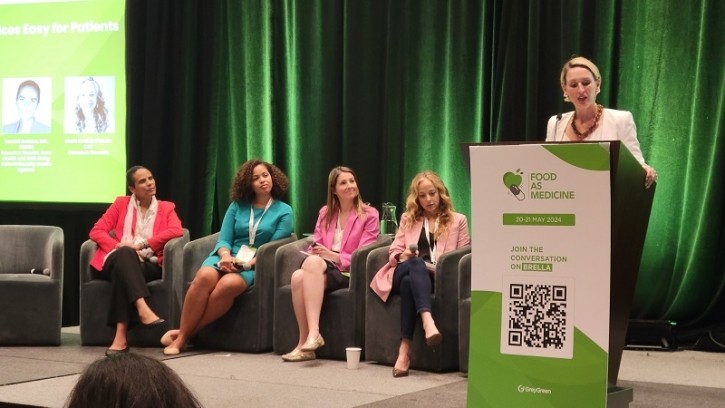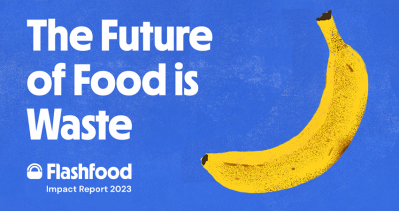Developing food-as-medicine programs with dignity: Taking a human-centered approach to improving health

“One of the most important pieces to [boosting food access and affordability] is the creation of supply chains that draw from the community that enables communities to provide for themselves ─ the creation of partnerships that connect people to sources of food that are real, that are relatable, that are affordable [and] that are local,” said Scarlet Soriano, executive director of Duke Health and Well-Being at Duke University Health System.
‘We need to knock the myth that low-income consumers do not want to eat healthy’
During the two-day event, food-as-medicine stakeholders ─ including retailers, CPG brands, health insurance companies, hospitals, non-profits and technology companies ─ discussed how to improve the health of consumers and their communities with programs like produce prescriptions and cash incentives for buying healthier products.
When it comes to improving the health and lives of consumers, food-as-medicine programs not only need to educate consumers on how and what to eat but also address issues of access and affordability to healthier foods, Kerry Hackworth, director of nutrition affairs at National Dairy Council.
“Education is such a small piece of behavior change. A lot of times, people know fruits and vegetables are healthier. You have to give them the support, link it to their motivations [and] figure out what their barriers are. ... Access and affordability are two major barriers for today's consumer. But then also keeping it positive, making them feel good about themselves because a lot of people feel shame when it comes to eating and nutrition,” Hackworth said.
Hackworth added, “Health is about really making those small changes ... that are sustainable over a long time.”
Additionally, food-as-medicine stakeholders ─ whether they are in the for- or non-profit space ─ need to appeal to a consumer’s community, culture and underlying emotions that factor into how and what they eat, Jillian Griffith, health partnerships manager at Amazon Access shared with the panel.
“We need to knock the myth that low-income consumers do not want to eat healthy, do not know how to be healthy — that is false. So, not only focusing on the know but really leaning into the feel, thinking about how we are marketing healthy foods ... and really leaning into how that ... makes consumers feel,” Griffith said.
How Amazon developed community connections
This connection to a community is not only beneficial to the consumer, but it provides the foundation for retailers to launch their food-as-medicine programs, Griffith explained.
Through Amazon’s Access program — which launched in October 2022 — customers who use Supplemental Nutrition Assistance Program (SNAP) electronic benefits transfer (EBT) benefits can now purchase groceries across Amazon’s retail site, Amazon Fresh service, Griffith explained. Amazon is also “increasing the access to deals and discounts across [its] storefront” by partnering with brands and vendors who want to support consumers leading a healthier lifestyle, she added.
“We are continuing to innovate on behalf of our customers and really trying to understand what our customers' needs are, and we have done that by building relationships with nonprofits and community-based organizations across the country. We understand that we may not necessarily be in the community every day, but these organizations are and understand the needs of our end consumer. And so, they help guide the work that we do and help us understand where our resources can help drive more capacity,” Griffith said.
Once a community connection is established, retailers like Amazon can make better suggestions to improve consumers’ health, including making product recommendation swaps during online check-out, Griffith said. These swaps are “not necessarily to say, ‘hey, let's remove this from your plate or let's remove this from your cart,’ but rather designed to say, “what things can we add to your cart that [will] love you back,” she added.
Griffith continued, “From there, you can build on swaps. You can build on additional nudges, but you have to build that trust first and foremost. When working with consumers, ... you have to take that human approach.”





















